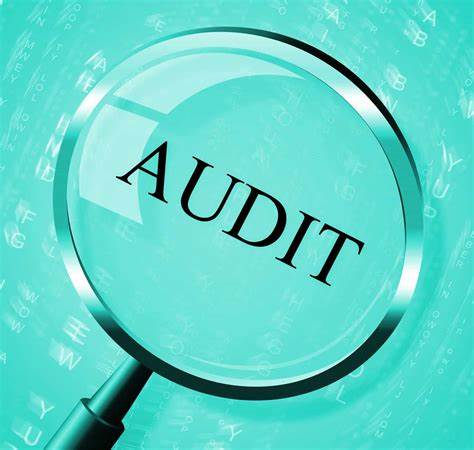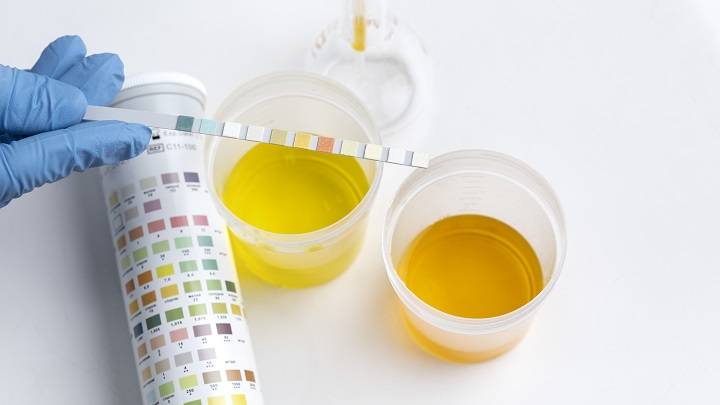Data integrity is an essential aspect of ensuring the accuracy, reliability, and consistency of data across various fields, including the life sciences industry. Regulatory bodies, including the FDA, place significant emphasis on data integrity in the development, manufacturing, and distribution of pharmaceutical products. It is crucial to ensure that data remains complete, consistent, accurate, and secure throughout its lifecycle, particularly in the pharmaceutical industry. Accurate and reliable data is key to regulatory compliance, product quality, patient safety, and overall public health. Companies operating in the pharmaceutical sector must adhere to the highest standards of data management practices, as outlined in the FDA’s guidelines and regulations.
Some of the critical aspects to consider regarding data integrity in the context of the FDA are:
Regulatory Compliance
Data integrity is indeed a critical aspect of Good Manufacturing Practice (GMP) and Good Laboratory Practice (GLP) guidelines. Regulatory bodies like FDA and EMA have established specific rules and regulations to ensure data integrity in the pharmaceutical industry. It’s necessary to adhere to these guidelines to comply with regulatory requirements and maintain a high level of quality in drug manufacturing and testing processes.
Good Documentation Practices (GDP):
Good Documentation Practices (GDP) are essential for companies to ensure that all records are accurate, legible, contemporaneous, original, and attributable. These practices apply to both paper and electronic records. Companies must follow GDP to ensure that all documentation related to the development, manufacturing, and distribution of pharmaceutical products is complete, accurate, and reliable. This includes all records related to the testing, analysis, and reporting of data. GDP also requires that all changes made to records are properly documented, reviewed, and approved. By adhering to GDP, companies can ensure that their data is traceable, auditable, and compliant with regulatory requirements.
Electronic Records and Signatures (21 CFR Part 11):
As per the FDA’s guidelines and regulations, maintaining data integrity is crucial for ensuring the accuracy, reliability, and consistency of data in the pharmaceutical industry. To comply with regulatory requirements and ensure patient safety, companies operating in the pharmaceutical sector must follow the highest standards of data management practices. Good Documentation Practices (GDP) is a critical aspect that companies must adhere to, ensuring that all records are accurate, legible, contemporaneous, original, and attributable. GDP applies to both paper and electronic records, making sure that all documentation related to the development, manufacturing, and distribution of pharmaceutical products is complete, accurate, and reliable. Electronic Records and Signatures (21 CFR Part 11) is another regulation that companies must follow for electronic data integrity, audit trails, and security measures to prevent unauthorized access or changes. By following these regulations, companies can ensure that their data is traceable, auditable, and compliant with regulatory requirements, which is vital for product quality, patient safety, and overall public health.
Data Lifecycle Management:
In the pharmaceutical industry, managing data throughout its entire lifecycle is essential to ensure data accuracy, reliability, and consistency. This includes implementing appropriate controls, versioning, and validation to ensure that the data is accurate and reliable at all times. Companies must manage data from its creation to archival, making sure that the data is complete, accurate, and secure throughout its lifecycle. By implementing the appropriate controls and validation procedures, companies can ensure that their data is of the highest quality, which is critical for regulatory compliance and patient safety. Versioning is another essential aspect of data management, as it allows companies to track changes made to the data, maintain an audit trail, and ensure that the latest version of the data is accurate and reliable. By managing data throughout its entire lifecycle, companies can ensure that their data is of the highest quality, which is vital for the development, manufacturing, and distribution of pharmaceutical products.
Data Security and Access Control:
Preventing unauthorized access to data is a critical aspect of data integrity in the pharmaceutical industry. Companies must implement appropriate measures to ensure that only authorized personnel have access to sensitive data. This involves implementing user authentication procedures, access controls, and audit trails to track changes and access to sensitive data. User authentication procedures ensure that only authorized personnel have access to sensitive data. Access controls restrict access to sensitive data based on the user’s role, responsibilities, and level of clearance. Audit trails allow companies to track changes made to the data, maintain an audit trail, and ensure that only authorized personnel have access to sensitive data. By implementing these measures, companies can ensure that their data is secure and that only authorized personnel have access to sensitive data, which is essential for regulatory compliance and patient safety.
Training and Personnel Responsibilities:
Training programs play a vital role in ensuring data integrity in the pharmaceutical industry. Companies must ensure that their personnel are aware of the importance of data integrity and follow proper procedures to maintain data accuracy, reliability, and consistency. Personnel should be trained on the use of systems and equipment that generate or handle data, ensuring that they are aware of the potential risks and challenges associated with data management. Training programs should cover topics such as Good Documentation Practices (GDP), Electronic Records and Signatures (21 CFR Part 11), version control, and data security, among others. By providing comprehensive training programs, companies can ensure that their personnel are equipped with the knowledge and skills necessary to maintain data integrity throughout its entire lifecycle. This is crucial for regulatory compliance, product quality, patient safety, and overall public health.
Risk Management:
Risk assessments are a critical aspect of data integrity in the pharmaceutical industry. Companies must conduct risk assessments to identify potential threats to data integrity and implement mitigation strategies to address these risks. Risk assessments should be conducted regularly to ensure that the risk profile is up to date and that the appropriate mitigation strategies are in place. The risk assessment process should include identifying potential risks to data integrity, assessing the likelihood and impact of these risks, and developing mitigation strategies to address the identified risks. Mitigation strategies may include implementing additional controls, enhancing existing controls, or developing contingency plans to address potential risks. By conducting risk assessments and implementing mitigation strategies, companies can ensure that their data is secure and that the risks associated with data management are minimized. This is essential for regulatory compliance, product quality, patient safety, and overall public health.
Supplier and Vendor Oversight:
Extending data integrity considerations to suppliers and vendors is an important step that companies in the pharmaceutical industry should take. Ensuring the reliability and compliance of data received from external sources is crucial to maintain the integrity of the entire supply chain. Companies should establish clear guidelines and procedures for data management and sharing with external parties to minimize the risk of data integrity issues and comply with regulatory requirements.
Continuous Improvement:
Establishing a culture of continuous improvement is essential for companies in the pharmaceutical industry to stay ahead and remain compliant with evolving regulatory requirements and industry best practices. Regular reviews, assessments, and updates to processes, systems, and training programs are necessary to identify areas for improvement and implement changes that enhance data integrity and overall quality. Companies that prioritize continuous improvement demonstrate a commitment to excellence and a proactive approach to maintaining compliance with regulatory standards.
Non-compliance with data integrity requirements can have severe consequences for pharmaceutical companies, including regulatory action, product recalls, and damage to their reputation. Therefore, companies must prioritize data integrity as an integral part of their quality management systems. Data integrity is critical for regulatory compliance, product quality, patient safety, and overall public health, making it essential that companies follow the highest standards of data management practices. It’s important to note that the FDA regularly updates its guidelines and regulations regarding data integrity. Therefore, companies in the pharmaceutical industry must stay informed about the latest requirements to ensure ongoing compliance with data integrity standards. Companies must establish a robust quality management system that includes measures for ensuring data integrity, such as Good Documentation Practices (GDP), Electronic Records and Signatures (21 CFR Part 11), risk assessments, and comprehensive training programs. By following these measures, companies can ensure that their data is secure, accurate, and reliable, which is critical for regulatory compliance, product quality, patient safety, and overall public health.
Contact Us:
At GxP Cellators, we take pride in our commitment to ensuring the success of our clients by providing unparalleled internal auditing strategy services during site readiness programs. Our team of highly skilled experts is available 24/7 to evaluate your routine operations, conduct thorough GAP assessments, and recommend and implement any required corrective and preventive actions (CAPAs) to ensure that your routine operations comply with regulatory expectations.
At GxP Cellators, we understand the significance of adhering to regulatory expectations and the importance of ensuring that your products meet the highest standards of quality and safety. That is why we provide top-of-the-line services to help you achieve your compliance goals.
For further information, please feel free to email us at info@gxpcellators.com.



























